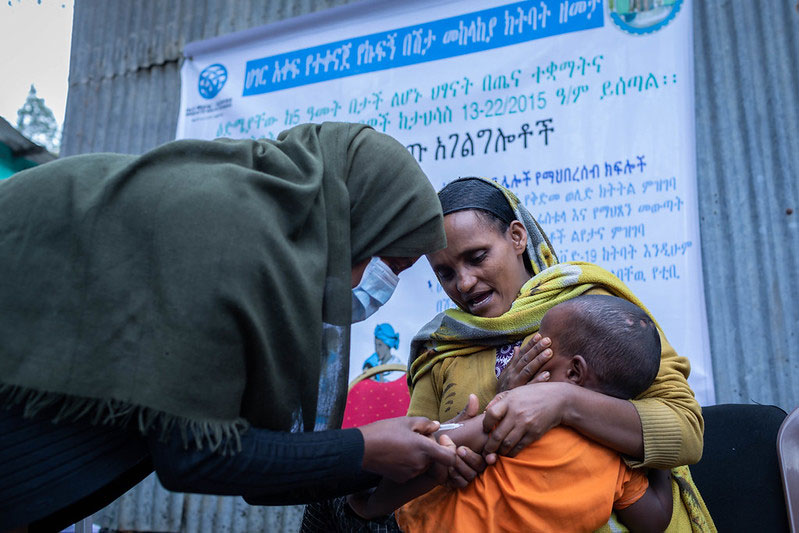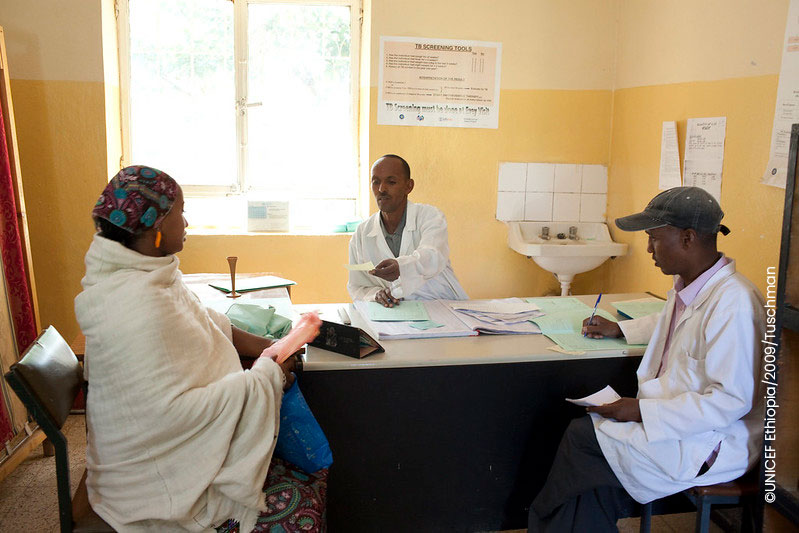The World Health Organization (WHO) guidelines on the timing of treatments for Tuberculosis (TB) and HIV co-infection have not been revised since 2011. New research findings suggest that they are due for an update. The current standards recommend initiating anti-retroviral therapy (ART) within 2 weeks for HIV and TB co-infected individuals with CD4 counts less than 50. They are based on three seminal studies (Abdool Karim et al. 2011, Blanc et al. 2011, Havlir et al. 2011). However, recent studies, including Uthman and colleagues’ (2015) comprehensive systematic review, question the recommended earlier treatment threshold at a CD4 count of less than 50. The results from a recent replication study (available here) from the International Initiative for Impact Evaluation (3ie) finds that reanalysis of one of the original co-infection studies (Havlir et al. 2011) aligns with the more recent publications.
Physicians have long searched for the optimal protocols for treating TB and HIV co-infections. The standard TB treatment begins with an eight-week initiation phase of intense treatment. Intense treatments coupled with a high pill burden make simultaneous treatment difficult for patients. Side effects can be severe. In the worst cases, simultaneous treatment can lead to serious reactions like TB- immune reconstitution inflammatory syndrome (IRIS), a sudden flooding of the immune system, or even death.
In co-infection cases, TB is always treated first. The question is when is the best time to initiate ART? Researchers have not used a well-rationalized cut-off for classifying patients into “sicker” or “less sick” categories based on CD4 count. Nor have researchers used well-rationalized definitions of “early” versus “later” ART initiation. For many clinicians, the selected cut-offs appear arbitrary. Later ART initiation is sometime after the initiation phase of TB treatment. However, whether this is after the initiation phase or after TB treatment is completed or sometime in between has not been adequately assessed. In a few studies, researchers have used the definition, “within 2 weeks”, which the WHO also recommends. In other studies, researchers have used “within 2-4 weeks” (e.g. Sinha et al. 2012).
To reassess the CD4 count and ART initiation time thresholds established by the WHO, 3ie funded a replication study of Havlir and colleagues’ publication (2011), one of the three papers underpinning the current guidance. Dr. Djimeu’s replication study first reproduced the original results using the original data that did not include statistical codes. Thus, he completely recoded the statistical analysis. He then conducted a series of pre-specified checks to test the robustness of the findings to alternative measurement and estimation analysis (his replication plan is available here).
Not only has there been variation in threshold for CD4 count and definition of “early” and “later”, the selection of the threshold or definition has not been justified well in the literature. After Dr. Djimeu confirmed the published results, he attempted to determine an endogenous cut-off point for CD4 counts of co-infected patients where treatment was more beneficial if initiated earlier or for an endogenous time after which there was a difference in treatment outcomes for at least a sub-group of patients. Dr. Djimeu’s use of an innovative change point analysis demonstrated the lack of a threshold. Based on his replication analyses of Havlir and colleagues’ data, Dr. Djimeu suggests that thresholds for minimum CD4 count and timing do not exist. Given these results and the increasing focus on early access to ART, he recommends that more weight be placed on the risk for TB-IRIS, the pill burden and the overall status of the patient when considering treatment for HIV and TB co-infection.
After more than 6 years and several more rigorous studies, it is time for the WHO to take a new look at the evidence. Recent research highlights the potentially significant negative patient outcomes associated with simultaneous treatment and questions ART treatment protocols for TB-infected patients. The 3ie replication study of one of the seminal papers underlying the current WHO guidelines further questions the guidelines’ established threshold for maximum CD4 count and timing of ART initiation. Given recent advances in HIV testing, treatment and patient retention, and WHO’s recommendation to treat all people diagnosed with HIV, patients are accessing treatment earlier. The context for treatment has changed more rapidly than the guidelines. For TB-HIV co-infected individuals and the clinicians who treat them, the issue of updated treatment guidelines would reduce suffering and save lives. The evidence exists. The time for the update is now.








